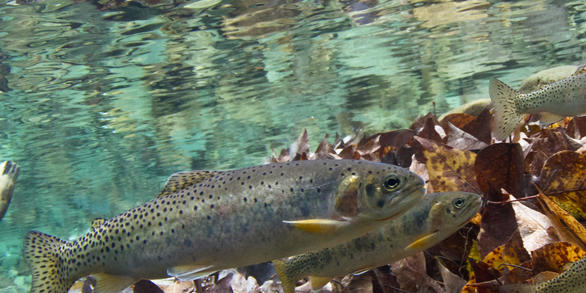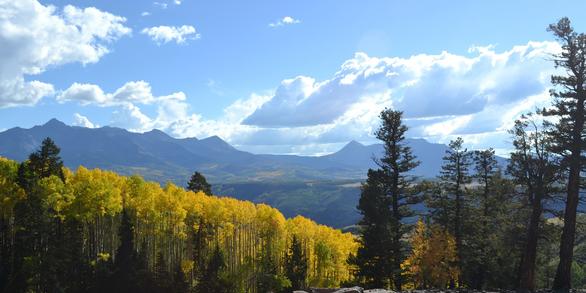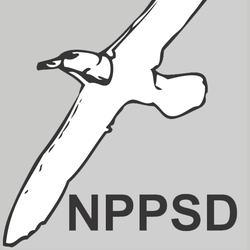Ecosystems Science at USGS
USGS Landscape Science Strategy
Science informing decision making on public lands and across all of our Nation’s landscapes.
Science informing decision making on public lands and across all of our Nation’s landscapes.
USGS Wildland Fire Science
USGS science helps understand the causes, consequences, and benefits of wildfire and helps prevent and manage larger, catastrophic events.
USGS science helps understand the causes, consequences, and benefits of wildfire and helps prevent and manage larger, catastrophic events.
Ecosystems Mission Area
The USGS Ecosystems Mission Area provides science to help America achieve sustainable management and conservation of biological resources in wild and urban spaces, and places in between.
News
Pathology Case of the Month - Mountainous Star Coral
Pathology Case of the Month - Mountainous Star Coral
USGS Friday's Findings - August 9, 2024
USGS Friday's Findings - August 9, 2024
New study of bat habitats and wind energy can help energy providers minimize collisions
New study of bat habitats and wind energy can help energy providers minimize collisions
Publications
Projected sea-level rise and high tide flooding at Big Cypress National Preserve, Florida
IntroductionNational parks and preserves in the South Atlantic-Gulf Region contain valuable coastal habitats such as tidal wetlands and mangrove forests, as well as irreplaceable historic buildings and archeological sites located in low-lying areas. These natural and cultural resources are vulnerable to accelerated sea-level rise and escalating high tide flooding events. Through a Natural Resource
Asynchronous movement patterns between breeding and stopover locations in a long-distance migratory songbird
The species-specific migratory patterns and strategies of many songbirds remain unknown or understudied, as research in animal ecology is biased toward the breeding period, with the fewest studies on the migratory period across taxa. Identifying large-scale spatiotemporal migratory patterns is challenging, as individuals within a species may vary in their migratory behavior and strategies. The Yel
Identifying transportation data and system needs for a Federal lands transportation data platform
Executive SummaryModern transportation and land-use planning efforts include information from many sources to address topics such as safety, efficiency, commercial, and social needs. This wide breadth of topics provides opportunities for collaboration and development of common tools for diverse users. In many cases, different information systems provide the spatial data and geographic content nece
Science
North Pacific Pelagic Seabird Database
The North Pacific Pelagic Seabird Database (NPPSD) contains survey transect data designed and conducted by numerous partners primarily to census seabirds at sea. The NPPSD includes more than 486,000 transect segments and includes observations of over 20 million birds of 258 species collected over the span of 50 years (from 1973 to 2022).
Expanding Distribution of Chronic Wasting Disease
Chronic wasting disease (CWD) has been detected in 35 US states and five Canadian provinces in free-ranging cervids and/or commercial captive cervid facilities. CWD has been detected in free-ranging cervids in 35 states and four provinces and in captive cervid facilities in 19 states and three provinces.
Characterizing greater sage-grouse climate-driven maladaptation
Climate change will expose many species to novel extreme environmental conditions, that may test organisms’ ability to respond to environmental change. Local adaptation, when a species evolves to be more suited for its local environment, can be an indicator of whether a species is likely to persist in the rapidly changing environment. Habitat specialists, like the greater sage-grouse, have evolved...







